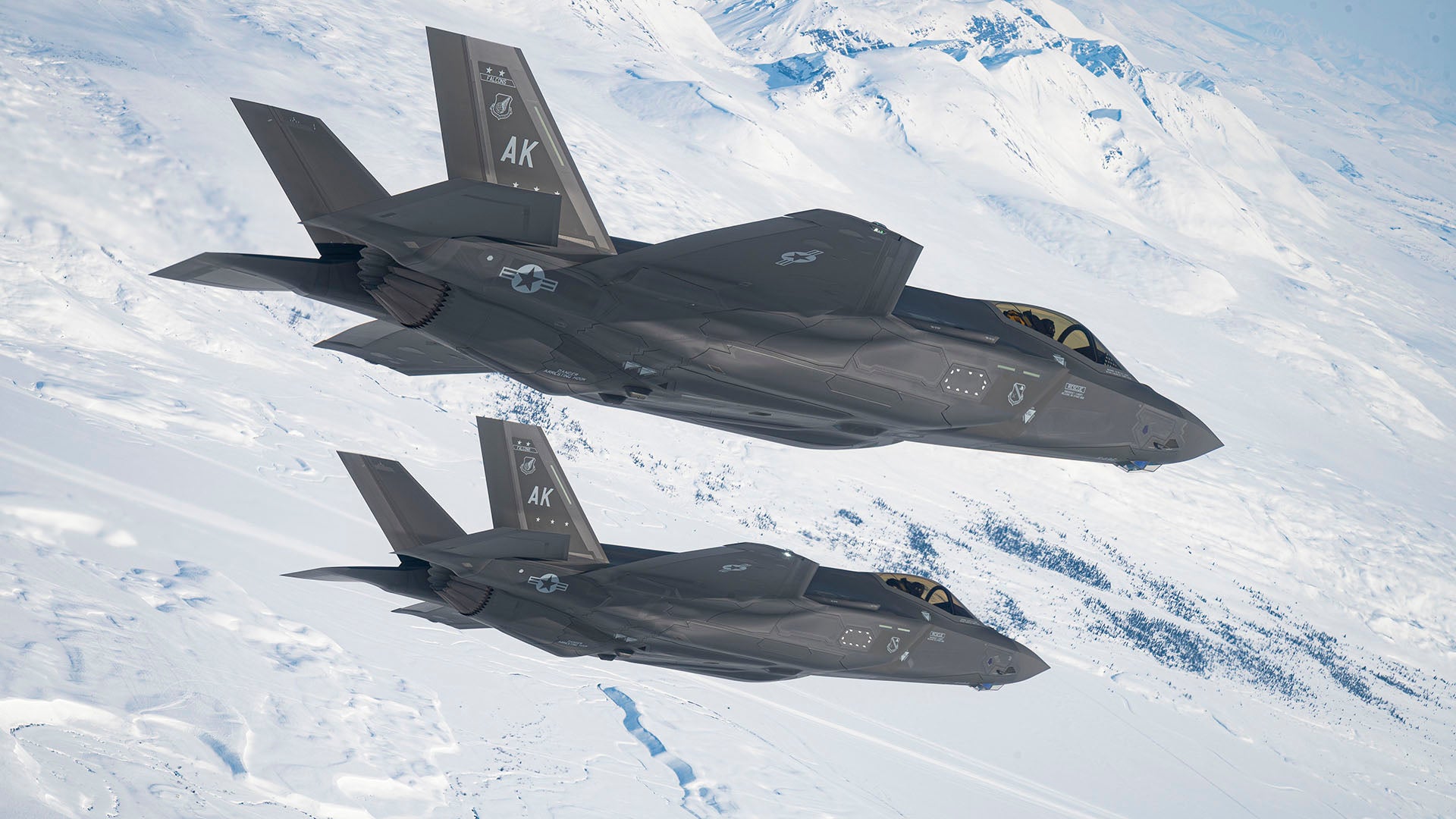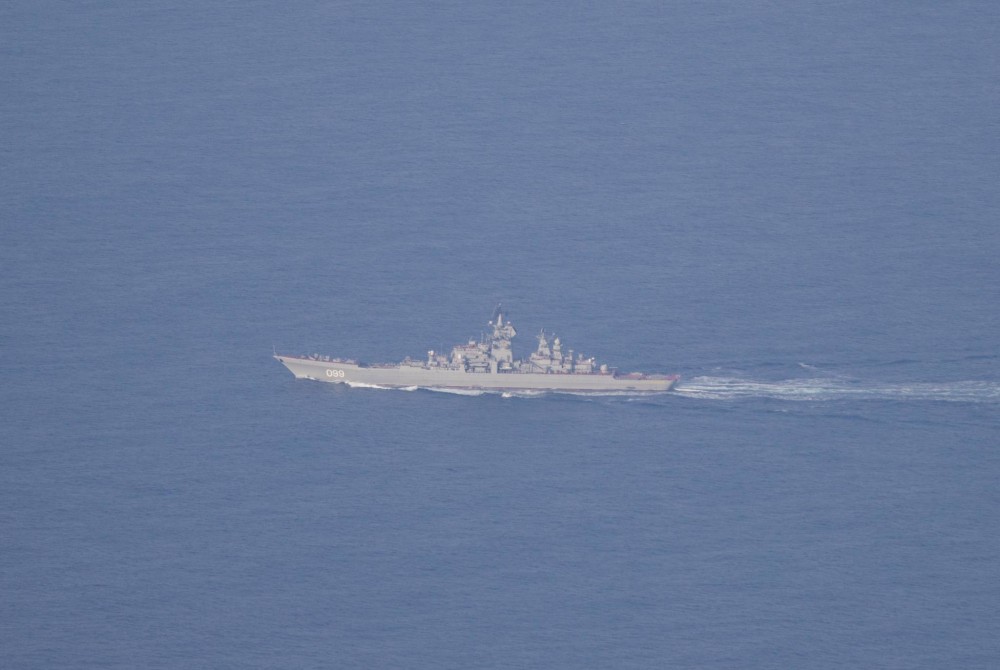Geography isn't a defense strategy in the age of hypersonic missiles and melting Arctic ice. I agree we do need to restructure, but mainly a consolidation vice a total reorg.
Correct. However Infantry Brigades (Light, Medium or Heavy) are no use against missiles directed at North America, hypersonic or not.
Our entire Reg Force would be wiped out within 6 hours of convention war with either of those countries. "Lesser Power" for us is South Sudan or Lesotho at this point. Like
@daftandbarmy illustrates, they have personnel and equipment in spades. Doesn't matter if it's Cold War vintage; the still fire very real munitions and dead is dead.
Firstly my catagorization of Iran or North Korea as "Lesser Powers" is in relation to the two major world powers China and Russia, not in terms of their military strength relative to Canada. Also there is no point in making an argument of how Canada's Army would fare on its own against either of those countries as we would never be in that situation. It would obviously be a war where we are part of a coalition of allied forces.
Having the belief we can have a CMBG come in and rule the day is a fallacy.
Of course a CMBG will never come in and rule the day but as noted above it won't be expected to. Even during the Korean War (which of course involved China in addition to North Korea) our land contribution to the conflict was a single Infantry Brigade as part of the 1st Commonwealth Division. I don't expect that during a 2nd Korean War that Canada would choose to mobilize the nation in order to deploy a force larger than that. I don't believe that any Canadian Government will likely see such a war as important enough to our national interest to expend that much blood or treasure. You may disagree with the appropriateness of that thinking but you'd be hard pressed to convince me that our Government would feel otherwise.
Until it isn't. China has made far more strides in amphibious warfare than we give them credit for. They know they need a way to get that million man army around if it's going to be effective.
No argument that they are really pushing their amphibious capability with the obvious objective of being able to take Taiwan if they so choose. The two points that I'd make about that are firstly, that the best way to counter an amphibious invasion is to strike the ships carrying the troops before they have the chance to land rather than trying to insert your own ground forces to counter the invasion after it takes place. I'd contend that investment in our naval and air forces would be the better choice than increasing our land forces. Secondly I have my doubts whether Canada would be willing to deploy ground forces to Taiwan in the case of a Chinese invasion. The status of Taiwan is politically unique in that both Taiwan and the PRC contend that Taiwan is Chinese territory. They however disagree as to which of them is the legitimate party to lead all of China. I don't see a Canadian Government being likely to deploy our Army to take sides in what is essentially the continuation of an unresolved Chinese Civil War. Again, people on this site might have strong feelings about whether Canada SHOULD come to the military defence of Taiwan should China invade, but you'd be hard pressed to convince me that any Canadian Government will make the decision to do so.
In terms of the Chinese military threat to our other Allies in the Pacific like Japan or the Philippines again I'd argue that air and sea power to prevent any invasion happening place in the first place would be the better investment over land forces.
See how well Ukraine is doing pushing back the Russian advance? I commend the UA for being able to halt the Russians, but there has not been a push back or breakthrough of scale because the Russians have had more depth of forces (for now, the cupboard is pretty bare).
I don't believe that what we're seeing in Ukraine is likely what we'd see in a potential Russia/NATO conflict. Firstly, I've stated in the past that I think that any direct invasion of NATO territory by Russia is unlikely for basically the same reason that we're not seeing direct NATO intervention in Ukraine. Both sides are nuclear powers and any war between NATO and Russia will almost certainly turn nuclear the moment that once side or the other feels at risk of decisively losing.
For that reason I believe that Russia is both unlikely to conduct a direct military attack on any NATO nation which would risk an Article 5 response. NATO has seen the recklessness of Putin's Russia and it's members (especially those bordering Russia and its allies) are improving their capabilities and readiness to face any such attack. And as I have noted previously, unlike in Ukraine where Russia has the advantage in terms of military power, economic power and total population, those advantages are reversed when you compare Russian military/economic/demographic strength to that of the NATO alliance. The weaknesses of the Russian military forces in Ukraine (and the corresponding increase in the strength of NATO forces in response) I think has made the idea of a Russian invasion of NATO even less likely.
What the Ukraine war I think has shown is that high-tech weapons do have the capability to seriously affect the capability of an army to conduct fast paced, deep penetrating offensive operations as ISR capabilities are able to identify large formations on the move and precision weapons have the capability to strike them before they can concentrate on their objectives. When that happens there is a move toward dispersion of forces and increased reliance on fires.
It seems telling to me that the main items that the West are supplying to Ukraine (and that Ukraine is asking for) are weapons to defeat Russian air power (including UAVs), precision anti-armour weapons, UAVs/Loitering Munitions, and indirect fire weapons. I'm suggesting that in a Russia/NATO conflict (or in a West/Iran, West/North Korea, etc. conflict) that the same systems will again be in demand.
I'll contend that since European NATO (plus the US military) have a military manpower advantage over Russia already and that any additional ground forces that Canada can generate (short of national mobilization) would not make a major quantitative difference to the overall balance, that focusing our Reserve "surge" capabilities on those areas noted above would have a greater military contribution to a conflict than any increase in the number of Brigades we are able to generate.
Our Reg Force formations are anemic as they are. We would drain those Reserve Bdes in a matter of months if that were their role in this scheme. Better to have the Command Struture in place to expand out, rather than have a Reservist's sole purpose being to plug holes in a Reg F Bde structure.
Our Reg Force formations ARE anemic and I think that one thing the Russian experience has shown us is that deploying forces at less than full strength is a huge mistake. I think our Battalions should be brought up to full strength and additional Reserve Battalions (10/90 and/or 30/70) should be integrated directly into the Regiments to provide sustainment manpower (and equipment).
Supporting forces are specialized forces. It takes time and experience to have that maintainer or technician be capable of fixing the thing. It's why we have such varied success with Reserve Svc Bns and Sig Regts; those that have the time and ambition are awesome techs and can mesh into a Reg Force support role with little to no issue. Others don't have the experience or training. Add in the transitory nature of the Reserves and ita not a viable option.
The
NLOS and
Joint Force Arsenal threads are examples of some of the capabilities (along with conventional tube and missile artillery) that I think would be well suited for the Reserves and could in a conflict potentially have more impact than expanding the number of Infantry Brigades we are able to field.
Of course during a major conflict both our Reg Force Brigades and our Reserve capabilities will need technical and logistical support beyond what the peacetime Reg Force is likely able to provide. It's often contended that those technical capabilities are beyond what the Reserves are able to generate, however there are examples South of the border of Reserve forces that are able to exactly that. Yes, achieving that will require a fundamental change to the way the Reserves are structured, trained, organized, equipped and legislated, but if we want an Army capable of warfighting then that is what will have to happen.
What we need to do is consolidate our formations and cut down on HQs. We need to ensure every PY in the CAF is devoted to an operationalnor strategic output. Anything else needs to be looked at really hard with an objective eye.
Agreed. When the leadership (both military and civilian) no longer views the ultimate purpose of the military to fight and win at war then that is when you get organizational drift that leads to the situation where we find ourselves now.


